Close search
 Published :
/
Published :
/ Posted by : Retech
Posted by : RetechHave you noticed the environment in the layer house?
1. Chicken house temperature
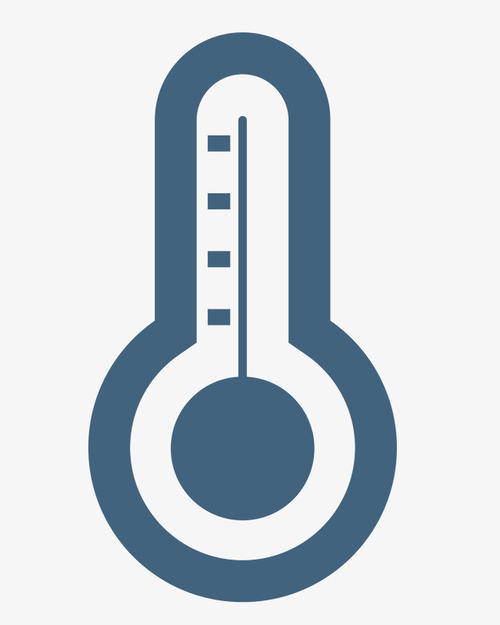
Keep the temperature of the layer house between 13~23 °C, otherwise the egg production will decrease and the quality of the eggs will also be affected.
In the high temperature season, the main measures to control the temperature and humidity in the chicken house are as follows.
(1) Adopt longitudinal ventilation. Close the doors and windows, set the exhaust vent on the back door, set the air inlet on the front door, set up the exhaust fan at the exhaust vent reasonably, ventilate along the longitudinal axis of the chicken house, and start the fan for ventilation.
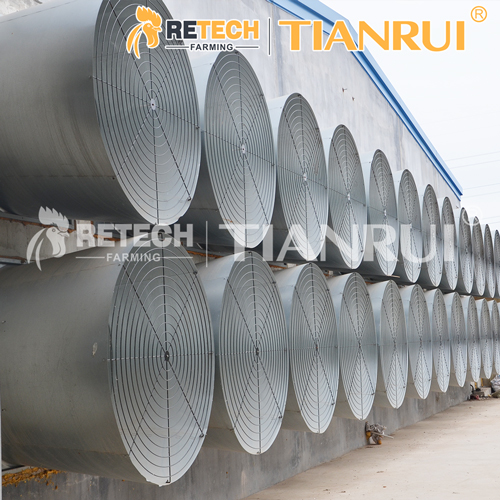
(2) The water curtain cools down. A water curtain is arranged at the air inlet of the longitudinal ventilation of the chicken house, and the water pipe continuously sprays cold water upwards, and the hot air enters the chicken house after cooling. Open the water curtain before the temperature rises, and close it after the temperature drops in the afternoon, which can reduce the temperature in the house by 4 to 8°C.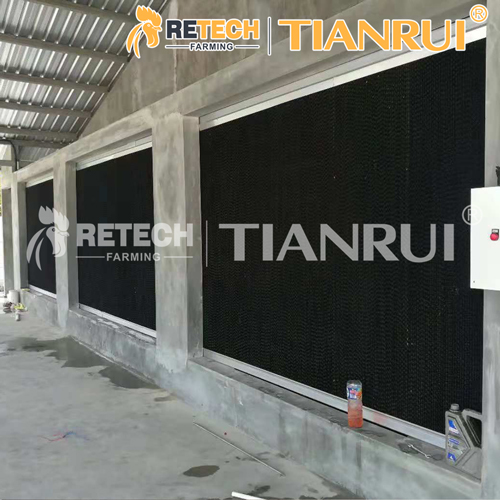
(3) Spray cooling. Use a high-pressure and low-fog rotary nozzle sprayer to spray cold water directly on the top of the chicken house or chicken body, once every 2 to 3 hours, which can reduce the temperature of the house by 4 to 8°C. Install perforated water pipes on the roof of the chicken house to spray water jets into the air, and then pour it back onto the roof, which can increase the heat dissipation of the roof.
(4) Reduce solar radiation. Paint the roof of the chicken house white; cover the roof with wheat straw or thatch; plant tall deciduous trees around the chicken house and plant sod in the open space; set up a pergola on the sunny side of the chicken house and plant climbing plants to shade.
2. Humidity in the chicken house
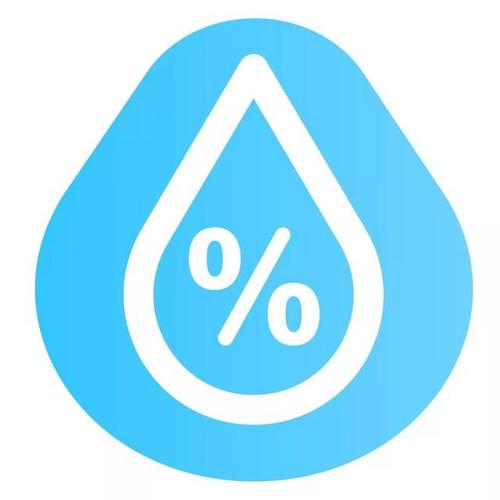
The relative humidity in the chicken house should be controlled between 40% and 70%.
How to ensure the humidity of the chicken house:
⑴ Add foot litter to the chicken house before winter. The litter is relatively dry at the beginning of use. In order to maintain proper humidity, it is necessary to spray or spray frequently; but after a period of use, the water absorption of the litter will decrease and no watering treatment is required. When the moisture is too heavy, you can add some lime to the litter to absorb water.
⑵If the chicken often pulls out thinner manure, the evaporation of moisture in the manure will also cause the air humidity to rise, so in order to prevent this, 5% zeolite powder is usually added to the feed for the chicken to reduce the manure Water content.
⑶ Do a good job in drinking water projects. Lower the drinking water line to less than 10 cm, and check the drinking line frequently. Any leaky joints in the drinking fountain should be replaced or repaired immediately.
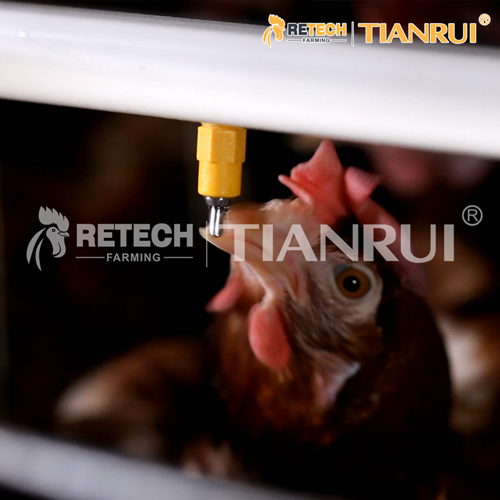
⑷The ground humidity is too high, you can put some large pieces of lime on the ground to absorb the small moisture of the air, and remove the lime after it is wet.
⑸Replace the litter regularly. Replace wet and contaminated bedding in time. The litter in winter is cinder, which can absorb harmful gases. The chicken eats the cinder and helps the chicken to digest it. It can also get mineral nutrients from the cinder.
⑹Monitor and control the humidity in the house. If the humidity is too high, increase ventilation. Farmers pay attention to temperature and can't ignore changes in humidity.
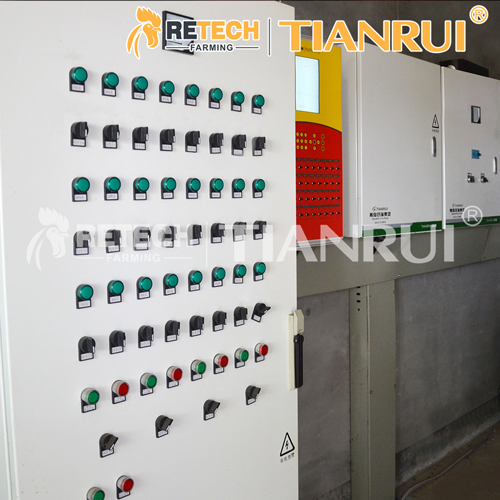
3.Ventilation of the chicken house

Chicken farmers should attach great importance to the environmental conditions of the chicken coop. The ventilation of the chicken house can ease the temperature of the chicken house, neutralize the dry humidity, and increase the oxygen concentration, so that the egg production rate and survival rate of the chicken can be improved.
Generally, the ventilation rate in summer is 12-14m³/hour per bird, the ventilation rate in spring and autumn is 6-7m³/hour per bird, and the ventilation rate in winter is 3-4m³/hour per bird.
The ventilation of the chicken house is generally divided into two types: natural ventilation and mechanical ventilation:
Natural ventilation:
Natural ventilation is to use the structure of the chicken house, place the chicken house in a well-ventilated area, or artificially increase the air inlets such as vents, ventilating windows, doors and windows, and open it in autumn and winter and cool nights. Use natural low-temperature air to achieve the ventilation effect. Reduce heat stress effect of chickens.
The advantages of natural ventilation are: one-time design for long-term use, no energy consumption, and low cost of use; the disadvantage is that it cannot be actively ventilated, and the effect depends on the climate.
Mechanical ventilation:
Mechanical ventilation refers to the installation of fans. Using the characteristics of the large air volume of the mechanical fan to achieve active air circulation, let the heat and odors in the chicken house be discharged outside.
The advantages of mechanical ventilation are: active opening, controllable effects, and clear functions; the disadvantage is that it requires daily maintenance.